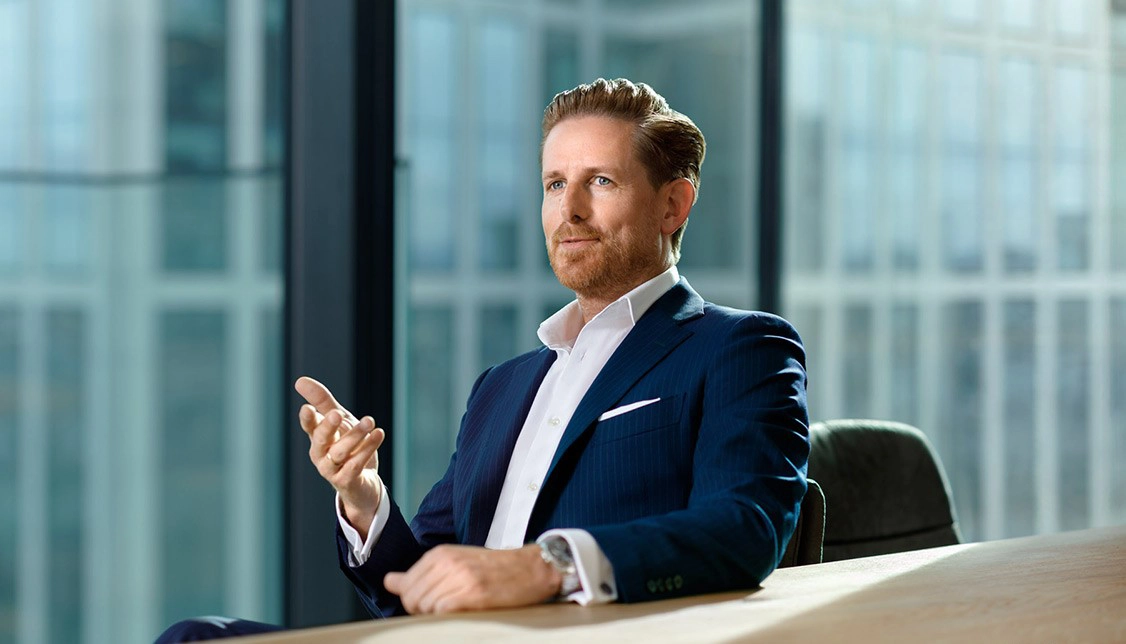
Original article: Handelsblatt
Author: Jörg Selbach-Röntgen, CEO of MET Germany
This also involved the question regarding the technological options to be used to achieve the objective of at least 65% CO2 savings, which all new heating systems are required to achieve from 2028. According to the Building Energy Act, the Municipal Heating Planning Act was also adopted by the German Bundestag and will apply from the beginning of 2024.
Many municipal authorities and private households are now facing the challenge of having to implement these requirements in time. Specifically, the goal now is to quickly introduce municipal heating planning and fulfil the objective of reducing CO2 emissions from heating networks and the energy sources used in these networks by at least 50% by 2030.
This goal is ambitious and it will not be any easier to achieve this given that following the judgement of the Federal Constitutional Court on the Energy and Transformation Fund, less funding is likely to be available than planned before. This makes it all the more necessary to break away from old patterns of thinking and decision-making when it comes to effectively and cost-efficiently implementing concrete solutions for the heating transition in municipalities.
Most district heating networks today are fueled by natural gas. At the same time, half of all households in Germany get natural gas from the regional and local gas networks. Moreover, around 1.8 million industrial and commercial companies buy natural gas through the public networks, which they mainly use for their production and manufacturing processes. In many cases, it is quite complicated and costly to fully electrify these processes.
The same is true for the 19 million households that get heating through natural gas: transitioning to a different heating system would entail unreasonable costs for many people, especially as fewer subsidies are likely to be available in the future. But at the same time, simply continuing with “business as usual” would be irresponsible in terms of the climate change policy and would also mean a violation of the regulations that have now come into force. So, what are the ways out of this dilemma?
Renowned experts and the German Technical and Scientific Association for Gas and Water (DVGW) point out that gas distribution networks can be upgraded for the use of green hydrogen with minimal work. Before individual pipeline sections are completely converted for hydrogen operation or for the use of other green gases, the proportion of hydrogen can be increased to 20%. By then, most existing heating systems will have reached the end of their service life and can be replaced completely by green gas-capable systems.
Existing natural gas heating systems, as well as many industrial systems, can handle proportions of up to 10% hydrogen even now. Existing heating systems can soon be equipped with upgrade kits that cost less than 300 euros and can be installed in an hour. This increases the hydrogen compatibility to up to 30%.
Thus, a continuous increase in the admixture of green hydrogen has several advantages: The gas networks still remain a valuable asset for the city and municipal utilities because they can continue to be used. In addition, the existing heating systems of households, public institutions and companies can also continue to be used and will make an important contribution to climate protection through the increased proportion of green hydrogen utilization. This increases the acceptance of the energy transition among citizens and enables a socially acceptable heating transition.
A much-discussed concept is currently pursuing the same objective: Coalition politicians are proposing the introduction of a so-called green gas quota. Specifically, the proportion of green gases such as hydrogen in the networks is to increase on a mandatory annual basis, starting with just under 0.7% in 2025, increasing to 7.5% in 2030 and then, as more and more quantities of green gases become available, increasing this amount significantly each year. The ultimate goal is to achieve 100% green gas proportions by 2045.
Hence, a green gas quota is a suitable solution for the millions of existing heating systems. For new buildings, technologies such as heat pumps powered by green electricity and utilizing waste heat offer a potential climate-friendly solution. These technologies can also be integrated very well with the use of green hydrogen via fuel cells, especially at peak load times.
MET Germany is always there as a dialogue partner to all stakeholders in politics, business and society who are interested in finding pragmatic and effective solutions for successfully implementing the heating transition. We look forward to having a productive exchange.
